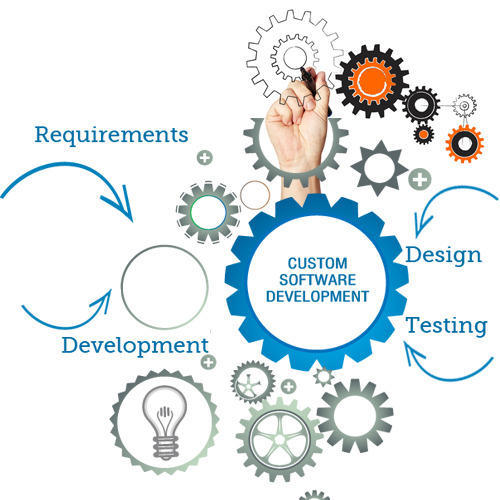Modernize Your Business with smart computerized solutions


Stage 1 – Requirements Engineering
This vital stage consists of a series of meetings in order to discuss your project in detail and assess any risks which may be involved. The more effort you put into understanding users’ perspective, the closer your project will be to your business goals.
This stage will also include gathering requirements from your stakeholders, defining application flow, priorities and specifying tasks for the development team. This will help to identify and prepare for any possible changes which may appear during the development process, such as changes in technology and evolving requirements of the end-user.

Stage 2 – Software architecture
Needless to say, the design of your new software is an integral factor and a good developer will prioritise this part of the process. During this stage, your software partner can design the entire architecture of your system, including interactions between components and limitations and requirements for source code.
This is a solid foundation for your software to manage its complexity. As a result, you will be presented with documentation presenting the architecture of your system textually and visually – in multiple views, from different perspectives and with different level of detail.

Stage 3 – Software Development
At this point, you will generally get to sit back as the developer begins the work. Remember, that bespoke software should mirror your processes, but also incorporate your know-how and critical information so that it works the way you work and increases your efficiency.
The company you work with should understand the importance of your goals in each individual project and help you ensure that your end product differentiates you from your competitors. During this pivotal part of the process, the development team will regularly report their progress to you.

Stage 4 – Quality Assurance and software testing
This stage usually happens simultaneously with stage 3 and involves quality assurance checks and testing. No one should be persuaded that putting as much emphasis as possible on the quality of developed software is important in order to ensure that the product meets the required quality specifications.
This allows to save money – the detection of errors in the early stage of production reduces the necessity of introducing profound changes in the architecture of the programme in the later stages, i.e. writing entire components from scratch. Evading such issues is difficult to overestimate in terms of project budget savings.

Step 5 – Support & Maintenance
Before you sign the contract you will, of course, have ensured that adequate support and maintenance were included in your package. Although your software is now up and running, it’s likely that there will be occasional problems and your developer will be on hand to fix any bugs or issues, refine the product and apply preventative measures to avoid future issues.


